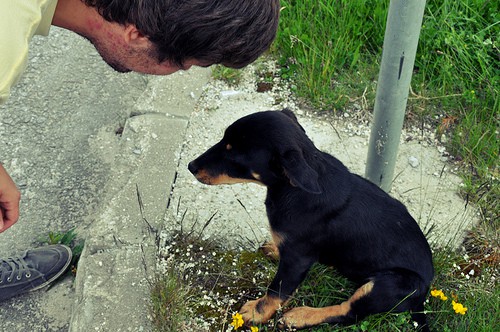Pet Behavior Tips
When you feel frustrated with your dog’s behavior, remember that someone must teach a dog what is acceptable behavior and what is not. A dog that has not been given any instructions, training or boundaries can’t possibly know what you expect of him. With these pet behavior tips, you’ll teach your dog how you want him to behave, you will not only have a saner household, but a healthier and happier dog as well.
An Educated Dog:
- Allows you to handle every part of his body, to check for injury or illness and to give him medication.
- Has good manners, so he can spend most of his time indoors with his people, which means more supervision, less boredom and fewer opportunities for mischief. The more time you spend with your dog, the more likely you will be to notice when something is wrong with him, such as a limp, a cough, a sensitive area or loss of appetite. By recognizing such irregularities early, you can seek medical attention immediately and, hopefully, prevent more serious problems.
- Wants to stay near you, listening for instructions (and praise). This means he will have less opportunity to get into trouble.
- Will walk or run beside you on a leash without pulling, dragging or strangling, so you and your dog can get more exercise and spend more time together.
- Knows that “drop it” and “leave it alone” are phrases that mean business, so he will have fewer opportunities to swallow dangerous objects. He also can be taught what things and places are out of bounds, like hot stoves, heaters or anxious cats. However, you will still need to limit his access to dangerous places when you cannot supervise or instruct him.
- Will “sit” immediately, simply because you say so. No matter what danger may be imminent, a dog that is suddenly still is suddenly safe. And a dog that will “stay” in that position is even safer.
- Understands his boundaries, knows what’s expected of him and has few anxieties. Less stress means a healthier dog.
By training your dog, you can help prevent tragedy and develop a better relationship with him. Keep in mind, however, that even an educated dog needs supervision, instruction and boundaries – sometimes even physical boundaries. Allowing your dog, no matter how educated he may be, to walk, run or roam outside of a fenced area or off of a leash, is putting him in danger.



